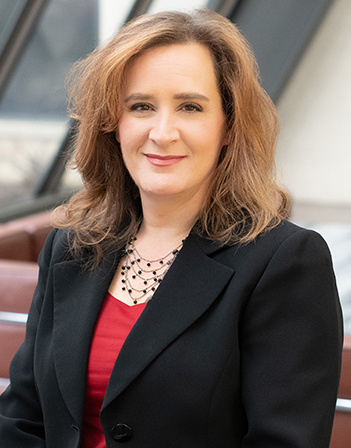
Article
SBA Payment Protection Program Loans - Use Of Proceeds And Loan Forgiveness
Authored by: Pamela M. Kapsimalis, Jonathan B. King & Deirdre R. Wheatley-Liss
DISCLAIMER: Given the changing PPP guidance, this information may no longer be applicable.
The Small Business Administration (SBA) has published guidance for the $349 billion Paycheck Protection Program (PPP) contained in The CARES Act. The PPP is designed to help small and mid-sized businesses offset the economic impact of the COVID-19 pandemic.
For additional background on the PPP and details on the application process, please see the following:
SBA – Paycheck Protection Program Guidance
Paycheck Protection Program Application Process
Businesses and Individuals who qualify for Paycheck Protection Program loans through the SBA are permitted to use loan proceeds for the following:
- Payroll costs, including:
- Salary, wages, commissions, or tips (capped at $100,000 on an annualized basis for each employee)
- Employee Benefits including costs for vacation, parental, family, medical or sick leave
- Allowance for termination agreements or dismissals
- Payments for group health care benefits including insurance premiums
- Payment of retirements
- State and local payroll taxes
- Interest on mortgage obligations incurred before Feb. 15, 2020
- Rent, under lease agreements in effect before Feb. 15, 2020
- Utility services that were initiated before Feb. 15, 2020
Sole proprietors and independent contractors can use PPP loan proceeds for the following uses:
- Wages commissions and Income or net earnings from self-employment, capped at $100,000 on an annualized basis for each employee.
What dollar amount could my business qualify for under the PPP?
Businesses can qualify for loans for up 2.5 times their average monthly payroll costs. Because this calculation can be complex, we advise that all applicants seek advice from their advisors.
For those that are considered seasonal businesses, or that are new businesses may elect to instead use average monthly payroll for the time period between Feb. 15, 2019 and June 30, 2019. For new businesses, average monthly payroll may be calculated using the time period from Jan. 1, 2020 to Feb. 29, 2020. Payroll costs will be capped at $100,000 annualized for each employee.
Loan Repayment and Forgiveness
Business and individuals will owe money when their loan is due if they use the loan amount for anything other than payroll costs, mortgage interest, rent and utilities payments over the eight weeks after getting the loan. At the time of this article, it is anticipated that not more than 25% of the forgiven amount may be for non-payroll costs.
To apply for loan forgiveness, borrowers can submit a request to their lender. The borrower will need to include documents that verify the number of full-time equivalent employees and pay rates, as well as the payments on eligible mortgage, lease and utility obligations. Borrowers must certify that the documents are true and that the forgiveness amount was used to keep employees and make eligible mortgage interest, rent and utility payments. The SBA requires that lenders make a decision on the request within 60 days.
The amount of loan forgiveness will be reduced for the following reasons:
- The employer has a decrease in full-time employee headcount.
- The employer has a decrease in salaries and wages by more than 25% for any employee who made less than $100,000 annualized in 2019.
- Borrowers have until June 30, 2020 to restore full-time employment and salary levels for any changes made between Feb. 15, 2020 and April 26, 2020.


